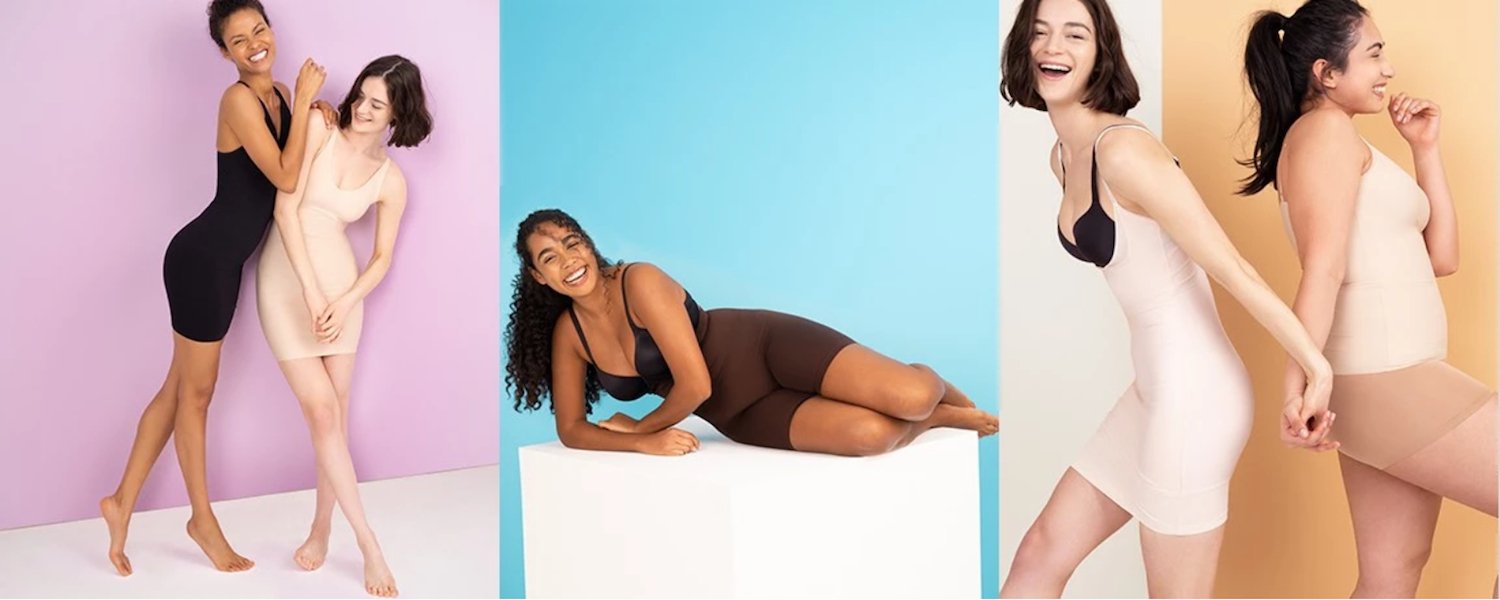5 Things You Didn’t Know About the History of Shapewear
The history of shapewear is long and full of twists and turns. These interesting and surprising historical facts about shapewear of centuries and millennia past will give you a new perspective on shapewear and will likely make you feel more grateful for your modern options the next time you’re shopping for shapewear.
1. Shapewear is Older than Plato
When most people think of the origins of shapewear, they picture ultra-tight corsets from the Victorian era. It’s common knowledge that shapewear is nothing new, but many women don’t know that shapewear has actually been around for thousands—not hundreds—of years.
The first evidence of shapewear has been uncovered in ancient Greece. The earliest shapewear styles date back almost to 3000 B.C., which means Greek women were wearing shapewear more than 2,000 years before the ancient Greek philosopher Plato was ever born.
2. Girdles are Featured in the Iliad and the Odyssey
Homer’s Iliad and Odyssey are two of the most iconic epic poems from ancient Greece. Even if you’ve never read them, their titles are probably familiar to you.
Although these poems focus on the battles of the Trojan War, if you look closely, you’ll find some of the earliest mentions of shapewear—specifically girdles—within the pages of these two renowned epic works.
3. Shapewear was Made from Metal in Elizabethan Times
Can you imagine wearing a corset made of metal? Probably not. In a modern society where leggings are worn as pants and no-bra movements are on the rise, most women value comfort over all else in their shapewear.
If you were a woman living in the Elizabethan era of the late 16th century, however, you wouldn’t have much of a choice but to wear petticoats and corsets crafted from unyielding steel. Shapewear in the Victorian era wasn’t much better, either—Victorian women often wore corsets lined with whalebone.
4. Modern Shapewear Started with Flappers
The modern shapewear women wear today is nothing like the shapewear of centuries past. Shapewear in the 21st century is designed to discreetly smooth women’s curves without feeling suffocating or restrictive. For hundreds—or even thousands—of years, though, shapewear was incredibly uncomfortable and was designed to bind women’s curves and completely hide the shape of their figures.
Flappers in the 1920s were the first women to wear shapewear that resembles modern shapewear styles you can find on the market today. These women revolutionized shapewear by wearing more comfortable styles like shaping bodysuits that were designed to smooth their curves instead of concealing them.
5. Shapewear Helped Hide Secrets During WWII
This is perhaps one of the most interesting historical facts about shapewear. During World War II, tensions and secretive behavior were high in America. Citizens were wary of possible spies and traitors from enemy nations and were still recovering their trust in the government after the devastating stock market crash of 1929.
Because so many of their husbands, brothers, and fathers had been drafted to fight in the war, women took on a more hands-on role in American society during the 1940s. WWII was a total war, which means that virtually everyone in the country—on and off the battlefield—played a part in contributing to the war efforts. Hundreds of thousands or even millions of women joined the workforce between 1940 and 1945 to help support their families during this stressful time.
During World War II, women had more access to their family’s finances than they would have if their husbands were not off fighting a war. Many women protected the money, important documents, and other private information they wanted to keep to themselves by stuffing it into their shapewear. In the 1940s, many women wore shapewear that featured special sewn-in secret pockets that helped them discreetly hide personal documents, keys, and other important private items under their clothes without anyone looking twice at them.

